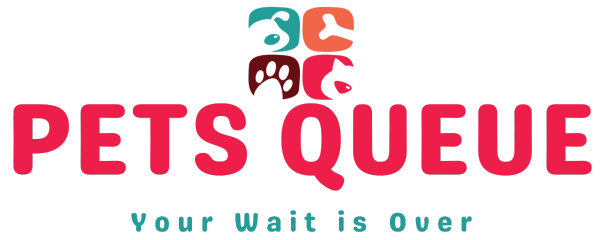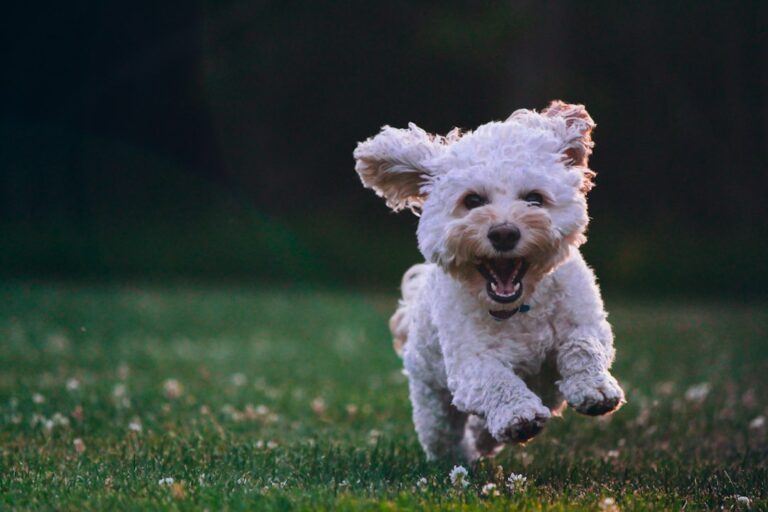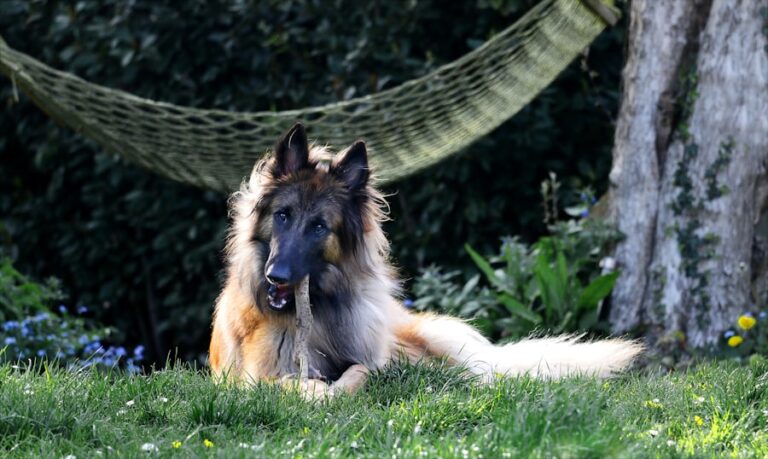Grooming Needs for Your Dog Breed: What You Should Know
Understanding your dog’s coat type is essential for proper grooming and maintenance. There are several different coat types, including short, medium, long, curly, wiry, and double coats. Each type requires different grooming techniques and tools to keep your dog looking and feeling their best.
Short coats are typically low maintenance and only require regular brushing to remove loose hair and dirt. Medium coats may require more frequent brushing to prevent matting and tangles. Long coats need regular brushing and may also require trimming to keep them looking neat and tidy. Curly and wiry coats may need specialized grooming tools to keep them looking their best. Double coats, commonly found in breeds like Huskies and Golden Retrievers, require regular brushing to remove loose undercoat and prevent matting.
Understanding your dog’s coat type will help you determine the best grooming routine and products to use to keep their coat healthy and looking great.
Key Takeaways
- Understanding your dog’s coat type is essential for proper grooming and maintenance.
- Regular brushing and bathing are important for keeping your dog’s coat healthy and clean.
- Different breeds require different trimming and grooming techniques to maintain their coat’s health and appearance.
- Long-haired breeds require special considerations and grooming techniques to prevent matting and tangles.
- Dealing with shedding and matting requires regular grooming and the use of appropriate grooming tools and products.
- Grooming tools and products such as brushes, combs, shampoos, and conditioners are essential for maintaining your dog’s coat.
- Professional grooming and maintenance may be necessary for certain breeds or for owners who are unable to groom their dogs themselves.
Regular Brushing and Bathing
Regular brushing is essential for all dogs, regardless of their coat type. Brushing helps to remove loose hair, dirt, and debris, as well as prevent matting and tangles. The frequency of brushing will depend on your dog’s coat type, with long-haired breeds typically requiring daily brushing, while short-haired breeds may only need to be brushed a few times a week.
Bathing is also an important part of your dog’s grooming routine. The frequency of bathing will depend on your dog’s lifestyle and coat type. Dogs that spend a lot of time outdoors or have a tendency to get dirty may need more frequent baths, while indoor dogs with short coats may only need to be bathed every few months.
When bathing your dog, it’s important to use a gentle dog shampoo that won’t dry out their skin or coat. Be sure to thoroughly rinse all the shampoo out of their coat to prevent irritation. After bathing, be sure to thoroughly dry your dog to prevent skin issues.
Trimming and Grooming for Different Breeds
Different breeds have different grooming needs, and it’s important to understand the specific grooming requirements for your dog’s breed. Breeds with long or curly coats, such as Poodles or Shih Tzus, may require regular trimming to keep their coat looking neat and tidy. Breeds with wiry coats, like Terriers, may need hand-stripping to maintain their coat texture.
Some breeds, like the Maltese or Yorkshire Terrier, may require regular grooming of their facial hair to prevent eye irritation. Other breeds, like the Golden Retriever or Labrador, may need regular nail trimming to prevent overgrowth and discomfort.
Understanding the specific grooming needs of your dog’s breed will help you provide the best care for their coat and overall grooming needs.
Special Considerations for Long-Haired Breeds
| Breed | Grooming Frequency | Shedding | Coat Care |
|---|---|---|---|
| Afghan Hound | Every 1-2 weeks | High | Regular brushing and occasional trimming |
| Maltese | Every 1-2 weeks | Low | Regular brushing and professional grooming |
| Shih Tzu | Every 1-2 weeks | Low to moderate | Regular brushing and occasional trimming |
Long-haired breeds require special attention when it comes to grooming. In addition to regular brushing and bathing, long-haired breeds may also need regular trimming to keep their coat looking neat and prevent matting. It’s important to use the right tools and techniques when grooming long-haired breeds to prevent discomfort and skin issues.
When grooming long-haired breeds, it’s important to pay special attention to areas that are prone to matting, such as behind the ears, under the legs, and around the tail. Regular brushing and detangling spray can help prevent matting and keep your dog’s coat looking its best.
Long-haired breeds may also benefit from regular visits to a professional groomer for a trim and tidy-up. Professional groomers have the expertise and tools to keep long-haired breeds looking their best while ensuring their comfort and well-being.
Dealing with Shedding and Matting
Shedding and matting are common issues for many dogs, regardless of their coat type. Regular brushing can help reduce shedding by removing loose hair before it has a chance to fall out on its own. For breeds that are prone to heavy shedding, such as German Shepherds or Huskies, a deshedding tool can help remove loose undercoat and reduce shedding.
Matting can be a common issue for long-haired breeds or dogs with curly coats. Regular brushing and detangling spray can help prevent matting from occurring. If matting does occur, it’s important to carefully remove it using a dematting tool or seeking the help of a professional groomer to prevent discomfort and skin issues.
Regular grooming and maintenance can help reduce shedding and prevent matting, keeping your dog’s coat healthy and looking great.
Grooming Tools and Products

Having the right grooming tools and products is essential for keeping your dog’s coat healthy and looking its best. The specific tools you’ll need will depend on your dog’s coat type, but some essential grooming tools include a slicker brush for removing loose hair and preventing matting, a deshedding tool for breeds that shed heavily, a comb for detangling and removing debris, and nail clippers for regular nail maintenance.
When it comes to grooming products, it’s important to use gentle dog shampoo that won’t dry out your dog’s skin or coat. Detangling spray can help prevent matting in long-haired breeds, while ear cleaner can help keep your dog’s ears clean and free from infection.
Investing in high-quality grooming tools and products will make the grooming process easier and more effective, ensuring your dog’s coat stays healthy and looking great.
Professional Grooming and Maintenance
While regular at-home grooming is essential for your dog’s coat health, professional grooming can also play an important role in maintaining your dog’s appearance and well-being. Professional groomers have the expertise and tools to provide a thorough grooming experience that includes bathing, trimming, nail clipping, ear cleaning, and more.
Professional groomers can also provide specialized services for specific breeds, such as hand-stripping for Terriers or breed-specific haircuts for Poodles or Shih Tzus. Additionally, professional groomers can help identify any skin issues or abnormalities that may require veterinary attention.
Regular visits to a professional groomer can help keep your dog looking their best while ensuring their comfort and well-being. Professional groomers can also provide valuable tips and advice on at-home grooming techniques and products to use between visits.
In conclusion, understanding your dog’s coat type is essential for providing the best grooming care. Regular brushing and bathing are important for all dogs, while specific trimming and grooming techniques may be necessary for different breeds. Special considerations should be made for long-haired breeds to prevent shedding and matting. Investing in the right grooming tools and products will make the process easier and more effective. Professional grooming can also play an important role in maintaining your dog’s appearance and well-being. By following these guidelines, you can ensure that your dog’s coat stays healthy and looking great for years to come.
When it comes to understanding the specific grooming needs for your dog breed, it’s essential to consider the safety and comfort of your furry friend during the grooming process. At PetsQueue, they take precautions to ensure the well-being of your pet while providing top-notch grooming services. To learn more about the precautions taken to ensure the safety and comfort of your dog during the grooming process, check out their related article here. Additionally, it’s important to be aware of their policies, terms, and conditions as well as how far in advance you should book a mobile dog grooming appointment.




